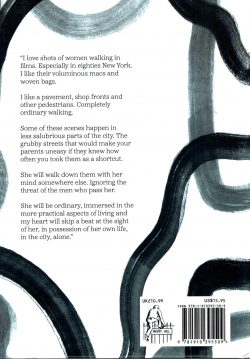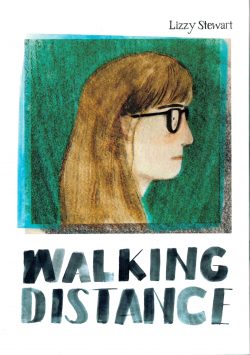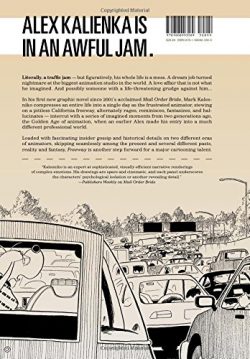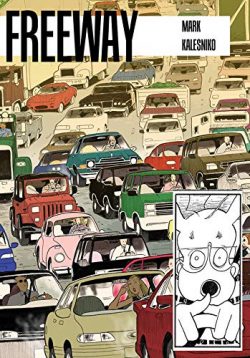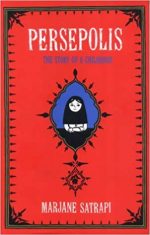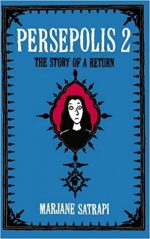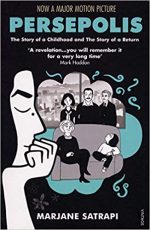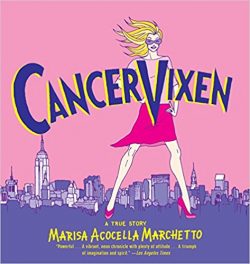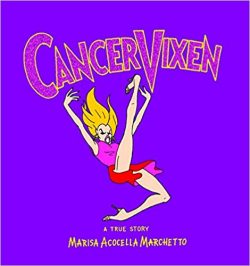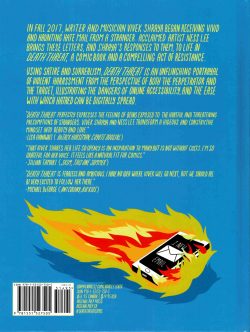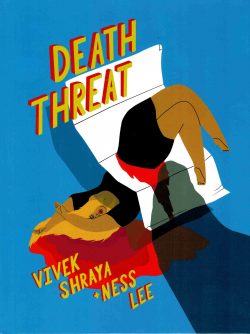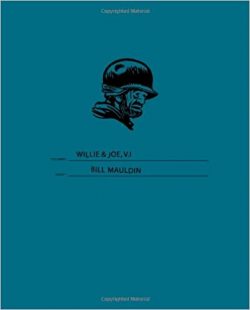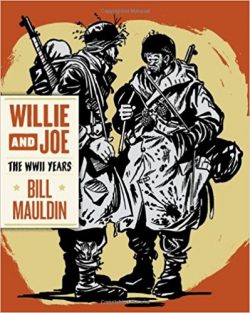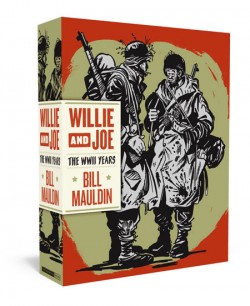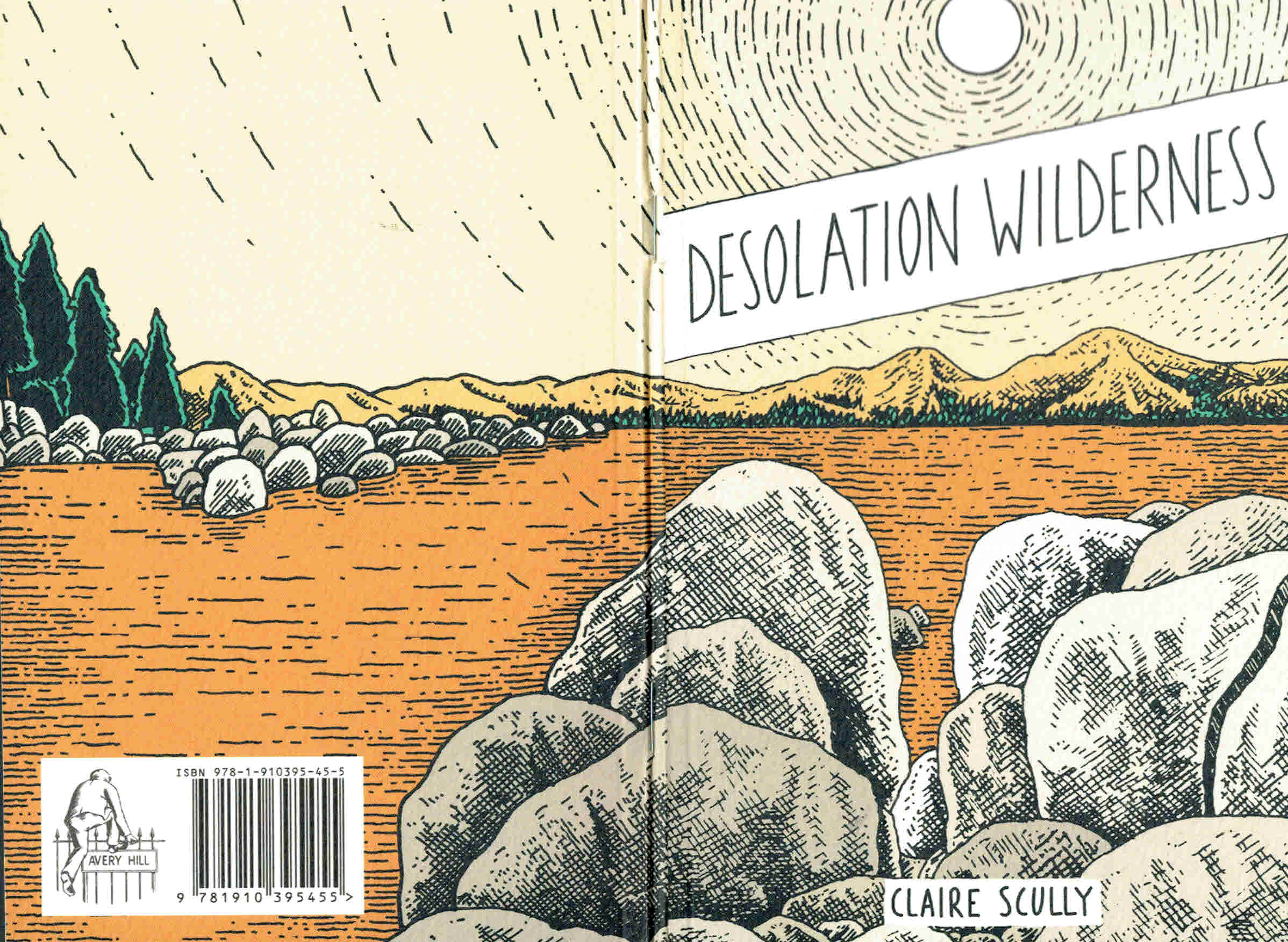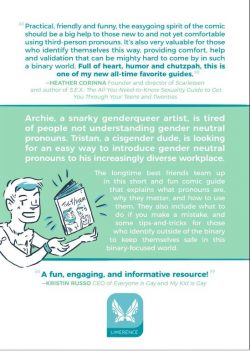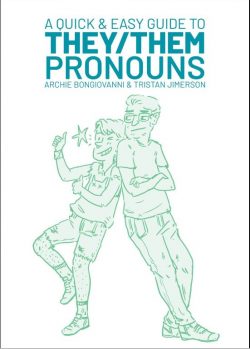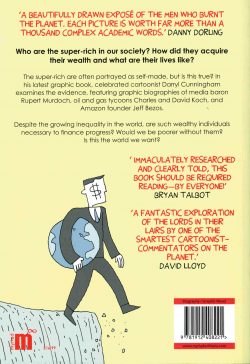
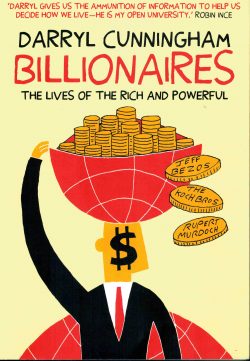
By Darryl Cunningham (Myriad Editions)
ISBN: 978-1-91240-822-1 (PB)
Win’s Christmas Gift Recommendation: A Timely Heads-Up for the Upcoming Spendfest Season… 9/10
There are books to read, books you should read – and some, perhaps, that you shouldn’t – and there are important books. The relatively new field of graphic novels has many of the first but still boasts precious few important books yet. Thankfully, British documentarian, journalist and cartoonist Darryl Cunningham seems to specialise in the latter…
It’s hard enough to get noticed within the industry (simply excelling at your craft is not enough) but when comics does generate something wonderful, valid, powerful, true to our medium yet simultaneously breaking beyond into the wide world and making a mark, the reviews from that appreciative greater market come thick and fast – so I’m not going to spend acres of text praising this forthright, potentially controversial and damning examination of Earth’s Newest (but hopefully not Last) Gods – the Super Rich.
Multi-disciplined artist Cunningham was born in 1960, lived a pretty British life (didn’t we all?) and graduated from Leeds College of Art. A regular on the Small Press scene of the 1990s, his early strips appeared in legendary paper-based venues such as Fast Fiction, Dead Trees, Inkling, Turn and many others.
In 1998, he & Simon Gane crafted Meet John Dark for the much-missed Slab-O-Concrete outfit and it remains one of my favourite books of the era. You should track it down or agitate for a new edition.
Briefly sidelining comics as the century ended, Cunningham worked on an acute care psychiatric ward: a period that informed 2011 graphic novel Psychiatric Tales, a revelatory inquiry into mental illness delivered as cartoon reportage.
When not crafting web comics for Forbidden Planet or on his creations Uncle Bob Adventures, Super-Sam and John-of-the-Night or The Streets of San Diablo, he’s been consolidating a pole position in the field of graphic investigative reporting; specifically science history, economics and socio-political journalism through books such as Science Tales, Supercrash: How to Hijack the Global Economy, Graphic Science: Seven Journeys of Discovery and The Age of Selfishness: Ayn Rand, Morality and the Financial Crisis.
His latest offering details the rise and pernicious all-pervasive influence of three icons of the plutocratic ideal while debunking such self-deluding and damaging public myths as “self-madeâ€, “coming from nothing†or “fair and honestâ€.
It opens with a pictorial Introduction outlining how late 19th and early 20th century robber barons of the Gilded Age set the scene for the rise of today’s financial overlords – and how governments responded to them…
Delivered in clear, simple, easily accessible imagery, Cunningham then deconstructs the carefully crafted legends and official biographies of media mogul Rupert Murdoch, energy barons Charles & David Koch and internet retail supremo Jeff Bezos with an even-handed fairness I’m not sure any other investigative author could match – or would want to.
Via an avalanche of always-attributable, deftly delineated facts and reported events, the artist delivers the very opposite of hard-hitting polemic, instead massaging and lathering readers with an ocean of appetising data that allows us make up our own minds about proudly ruthless apex business predators who have controlled governments, steered populations and reshaped the planet in their quest for financial dominance.
Best of all, Cunningham even has the courage to offer bold – and serious – suggestions on how to rectify the current state of affairs in his Afterword, and – should anybody’s lawyers or tax accountants be called upon – backs up all his cartoon classwork with a vast and daunting list of References for everything cited in the book.
Comics has long been the most effective method of imparting information and eliciting reaction (that’s why assorted governments and militaries have used them for hard and soft propaganda over the last century and a half), and with Billionaires: The Lives of the Rich and Powerful we finally see that force being used against today’s greatest threat to continued existence…
© Darryl Cunningham 2019. All rights reserved.

